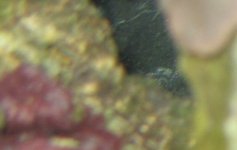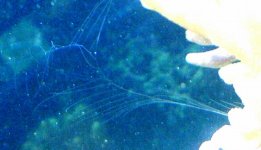I have a yellow leather coral and at night I have noticed that it has a stringy substance extending from it. It almost looks like a silkytype spider web. Anouther thing is, on the underside of some my live rock closest to the sand, there is a cottony substance. I dont know but I was wondering if this was an early stage of some sort of life. I was just curious. Good? Bad? Normal? what is it?
[/i]He who knows not the world, knows not His place in it. ~ Marcus Aurelis
[/i]He who knows not the world, knows not His place in it. ~ Marcus Aurelis








